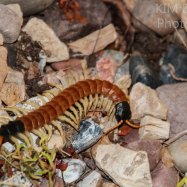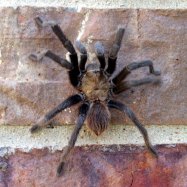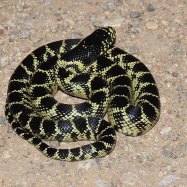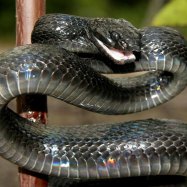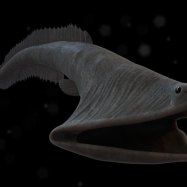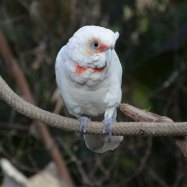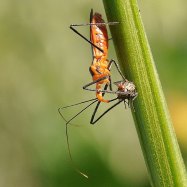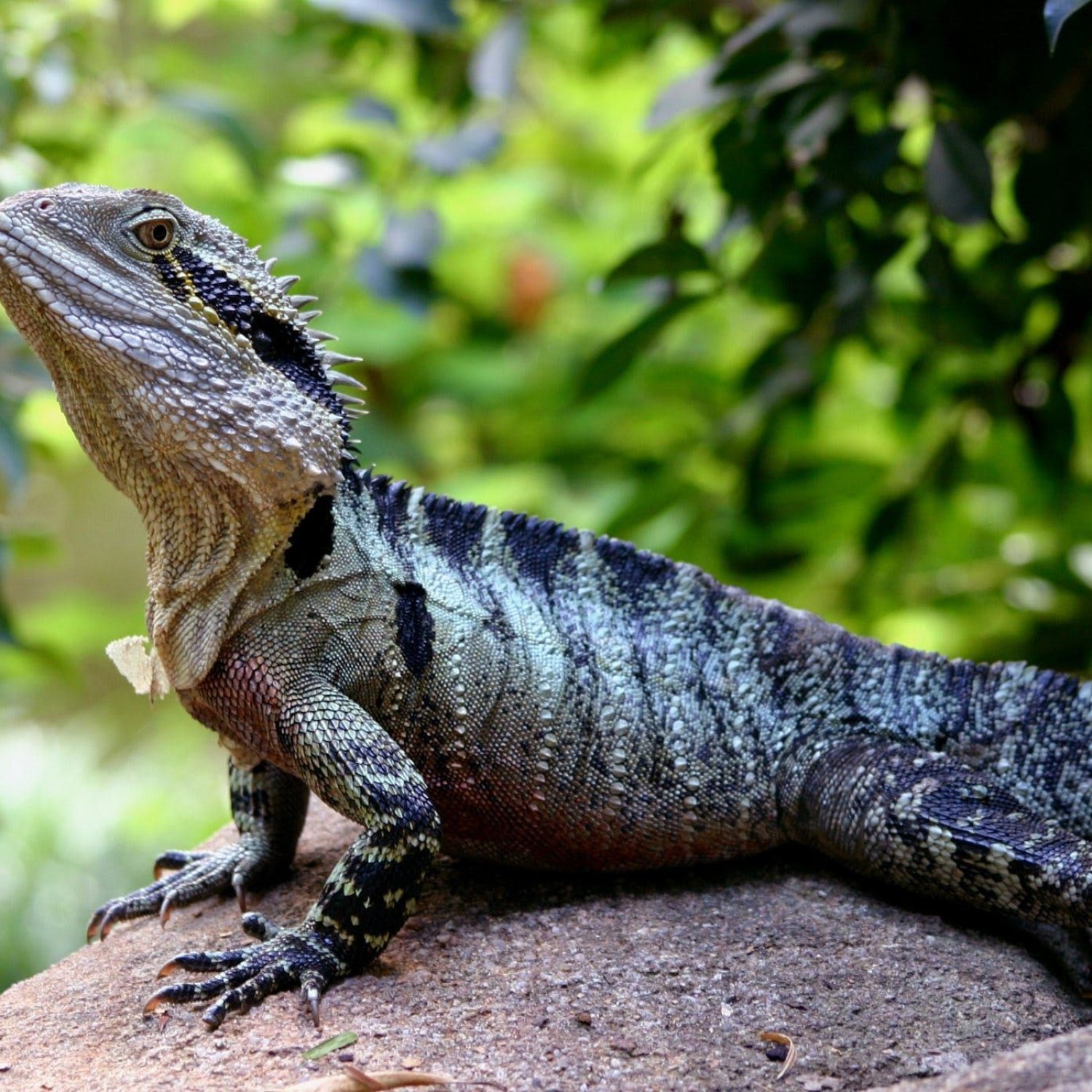
Water Dragon
Up to 3 feet (90 cm)
A water dragon is a fascinating reptile native to rainforests and lowland forests. With a slender body, long tail, and strong jaws, they can grow up to 3 feet in length, making them a popular pet. Belonging to the Agamidae family, these creatures thrive near water sources and are known for their vibrant colors and unique behavior. #WaterDragon #RainforestCreatures #AgamidaeFamily
Animal Details Summary:
Common Name: Water Dragon
Kingdom: Animalia
Habitat: Freshwater habitats, including rivers, lakes, and ponds
The Fascinating Water Dragon: An Underwater Creature of Southeast Asia
The world is filled with a diverse range of creatures, big and small, that never cease to amaze us with their unique features. One such creature is the water dragon, a fascinating reptile that inhabits the freshwater habitats in Southeast Asia. With its striking appearance and intriguing behavior, the water dragon has captured the attention of animal lovers and researchers alike.Scientifically known as Physignathus cocincinus, the water dragon is commonly known with the same name – water dragon Water Dragon. The name is derived from its natural habitat and its peculiar resemblance to a dragon. Belonging to the Animalia kingdom and the Chordata phylum, the water dragon is classified as a reptile under the Squamata order and Agamidae family.
One of the most interesting features of the water dragon is its habitat. Unlike most reptiles that are found in dry and arid areas, the water dragon prefers to live in freshwater habitats such as rivers, lakes, and ponds. Its body shape and strong jaws make it an excellent swimmer, allowing it to thrive in water bodies that have strong currents.
Native to China, the water dragon can be found in different parts of Southeast Asia, including Vietnam, Thailand, and Malaysia. It is most commonly found in rainforests and lowland forests near water sources, where it can blend in with its surroundings due to its coloration.
Speaking of coloration, the water dragon has a striking appearance. Its body is usually green with various shades, often with stripes or patterns of different colors Waterbuck. These patterns and color variations serve as a camouflage, helping the water dragon to blend in with its surroundings and evade predators.
The body shape of the water dragon is another remarkable aspect of this reptile. It has a slender body with a long tail that makes up almost half of its total length. The tail serves multiple purposes. Not only does it help the water dragon to navigate through water bodies, but it also acts as a weapon when defending itself against predators.
The water dragon is an omnivore, which means it feeds on both plants and animals. Its diet primarily consists of insects, small fish, and other small aquatic creatures. However, it is also known to feed on fruits, flowers, and other plant matter, making it a versatile feeder.
One of the most impressive things about the water dragon is its adaptability to different environments. It has a high tolerance for temperature changes, which allows it to live in both tropical and temperate regions. Moreover, it is a diurnal creature, meaning it is active during the day, making it easier to observe and study.
In terms of size, the water dragon can grow up to 3 feet or 90 cm in length. However, females are usually larger than males. It is interesting to note that water dragons have a special ability to shed their skin, which helps them to grow and stay healthy.
The water dragon is a solitary creature, and males are known to be territorial. They will fiercely defend their territory against other males, and also attract females for mating. Females lay 6-18 eggs at a time, which take about 60-80 days to hatch.
While water dragons are commonly kept as pets, they require specific care and a proper habitat to thrive. Due to their love for water, their enclosures should have a water feature for them to swim in, along with UVB lights to mimic their natural habitat. They also require a balanced diet that is rich in protein and calcium.
In recent years, the population of water dragons has declined in the wild due to habitat destruction, pollution, and illegal pet trade. Conservation efforts are being made to protect these creatures, including efforts to educate people about their importance in maintaining a diverse ecosystem.
In conclusion, the water dragon is a unique and captivating creature that calls Southeast Asia its home. From its habitat to its appearance and behavior, every aspect of the water dragon is fascinating and worth exploring. As we continue to learn more about this remarkable reptile, it is important to ensure that we also take steps to protect and preserve their natural habitats, both for their sake and for the sake of our planet's biodiversity.

Water Dragon
Animal Details Water Dragon - Scientific Name: Physignathus cocincinus
- Category: Animals W
- Scientific Name: Physignathus cocincinus
- Common Name: Water Dragon
- Kingdom: Animalia
- Phylum: Chordata
- Class: Reptilia
- Order: Squamata
- Family: Agamidae
- Habitat: Freshwater habitats, including rivers, lakes, and ponds
- Feeding Method: Omnivorous
- Geographical Distribution: Southeast Asia
- Country of Origin: China
- Location: Rainforests and lowland forests near water sources
- Animal Coloration: Green with various shades, often with stripes or patterns
- Body Shape: Slender body, long tail, and strong jaws
- Length: Up to 3 feet (90 cm)
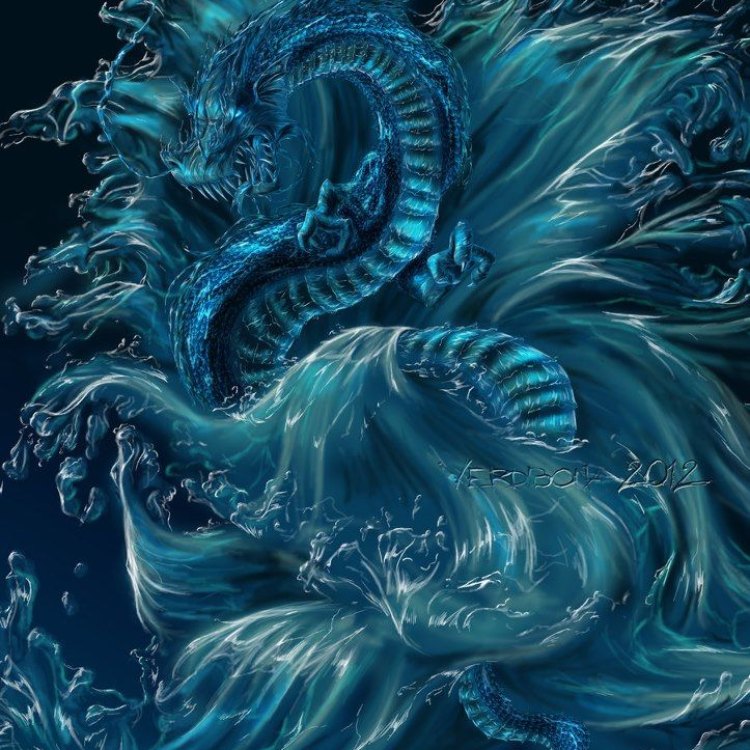
Water Dragon
- Adult Size: 1 to 3 feet (30 to 90 cm)
- Average Lifespan: Around 10 to 15 years in the wild, up to 20 years in captivity
- Reproduction: Sexual
- Reproductive Behavior: Mating season occurs during the wet season
- Sound or Call: Primarily silent, but may hiss or make low growling sounds during territorial disputes
- Migration Pattern: Non-migratory
- Social Groups: Solitary, but can be found in groups near water sources
- Behavior: Semi-aquatic, spend a lot of time in or near water
- Threats: Habitat loss, pollution, hunting, and collection for the pet trade
- Conservation Status: Least Concern
- Impact on Ecosystem: Play a role in controlling insect populations
- Human Use: Collected for the pet trade
- Distinctive Features: Crested head, long tail, and strong limbs for swimming
- Interesting Facts: They can stay submerged for up to 25 minutes, have a unique chin gland that secretes a waxy substance, and are good climbers.
- Predator: Large birds, snakes, and other predators

Physignathus cocincinus
The Fascinating Water Dragon: A Semi-Aquatic Master of Its Habitat
Nature has bestowed us with an abundance of fascinating creatures, each with its own unique features and behaviors. Among these remarkable animals is the Water Dragon, a semi-aquatic reptile that has captured the hearts of many with its distinct physical attributes and intriguing lifestyle.The Water Dragon, also known as the Chinese Water Dragon or Green Water Dragon, is a species of lizard native to southern China and parts of Southeast Asia. They belong to the family Agamidae, which includes other well-known lizards such as iguanas and chameleons PeaceOfAnimals.Com. These magnificent creatures have been popular in the pet trade for many years, but their wild populations are facing threats due to habitat loss and collection for the pet trade.
In this article, we will take a closer look at the unique features, behaviors, and impact of Water Dragons on their ecosystem, and why we should protect and appreciate these incredible creatures.
The Impressive Physical Characteristics of Water Dragons
Water Dragons are relatively large lizards, with an average size of 1 to 3 feet (30 to 90 cm) in length. They have a slender and elongated body with a long tail, which makes up about two-thirds of their total length. This tail serves as a crucial balancing tool for the lizard when climbing, swimming, or jumping.One of the most distinctive features of the Water Dragon is its crested head. This crest is made up of small scales that run down the center of their head and form a V-shape. The crest is more prominent in males and is used to attract potential mates during the breeding season.
In addition to the crest, Water Dragons also have strong limbs with sharp claws, which they use for climbing and swimming Woodrat. They have webbed toes that enable them to move swiftly and gracefully in water, making them expert swimmers.
A Semi-Aquatic Lifestyle: How Water Dragons Adapt to Their Habitat
As their name suggests, Water Dragons are mostly found in and around water sources, such as streams, rivers, and ponds. They have a semi-aquatic lifestyle, which means they can live both on land and in water. This adaptation has allowed them to thrive in their natural habitat, which is typically a combination of tropical forests and bodies of water.Water Dragons are primarily diurnal, meaning they are most active during the day. They spend a significant amount of time basking in the sun to regulate their body temperature. As they are ectothermic, or cold-blooded, they rely on external sources of heat to maintain their body temperature.
Their semi-aquatic lifestyle also means that they can stay submerged for an impressive 25 minutes. They have the ability to slow down their heart rate and conserve oxygen while underwater. This makes them excellent predators, as they can stealthily swim and wait for their prey to come close before striking.
Water Dragon Mating and Reproductive Behavior
Water Dragons are sexually reproductive, meaning there is a male and female involved in the process of reproduction. Mating season for Water Dragons occurs during the wet season, which is typically from late spring to early summer. During this time, males use their crest to display to females and establish dominance over other males.Female Water Dragons lay clutches of 6-18 eggs, which they bury in sandy soils near bodies of water. The eggs typically hatch after approximately 70 days, and the hatchlings are independent from birth. However, they may stay close to their mothers for a short period for protection and guidance.
Social Behavior and Interaction With Humans
Water Dragons are primarily solitary creatures, meaning they prefer to live alone and do not rely on social interaction for survival. However, they are known to congregate near water sources, especially during droughts when water is scarce. This behavior is beneficial for conservation efforts, as it allows researchers to monitor their populations and for easier protection of their habitats.Humans have also played a significant role in the lives of Water Dragons, albeit not always in a positive way. Water Dragons have been collected for the pet trade for many years, leading to a decline in their wild populations. This practice is not only detrimental to the species, but it also disrupts their natural ecosystem. Therefore, it is essential to ensure that any Water Dragons kept as pets are from ethical and sustainable sources.
Many people find Water Dragons to be exotic and interesting pets, but they are not suitable for novice pet owners. They require specialized care, a significant amount of space, and a varied diet, which can be quite challenging for some to provide. Therefore, it is crucial to thoroughly research the needs of Water Dragons before considering them as pets.
The Remarkable Role of Water Dragons in Their Ecosystem
Aside from their striking physical characteristics and captivating lifestyle, Water Dragons also play a valuable role in their ecosystem. As semi-aquatic creatures, they spend a considerable amount of time in and near water sources, making them integral parts of aquatic food chains.Their diet primarily consists of insects, including crickets, mealworms, and other small invertebrates. They may occasionally consume small vertebrates such as fish and frogs, making them essential for maintaining healthy insect and small animal populations in their habitat. This, in turn, helps to control pests and maintain balance in their ecosystem.
Conservation Status and Threats
Water Dragons have a relatively stable population and are currently listed as a species of Least Concern on the IUCN Red List. However, as with many other reptile species, they face many threats in their natural habitat. One of the most significant threats is the loss of their habitat, as tropical forests are cleared for agriculture, urbanization, and other human activities.Hunting and collection for the pet trade are also major concerns for Wild Dragons. In many regions, they are considered a delicacy, and their eggs and young are collected for food. The pet trade, while not the main cause of their population decline, also poses a significant threat, as it can lead to over-collection and the depletion of wild populations.
Conclusion: The Importance of Protecting Water Dragons and Their Habitat
In conclusion, Water Dragons are truly remarkable creatures that deserve our admiration and protection. These semi-aquatic lizards fascinate us with their physical adaptations, behaviors, and play an essential role in maintaining balance in their ecosystem.As responsible individuals, we must ensure that we do not contribute to the decline of Water Dragon populations through actions such as habitat destruction and unsustainable pet trade practices. Instead, we should appreciate these incredible creatures from a safe distance and support conservation efforts that aim to protect their natural habitats.
Let us continue to learn, appreciate, and protect the Water Dragons, and be in awe of the wonders of the natural world.
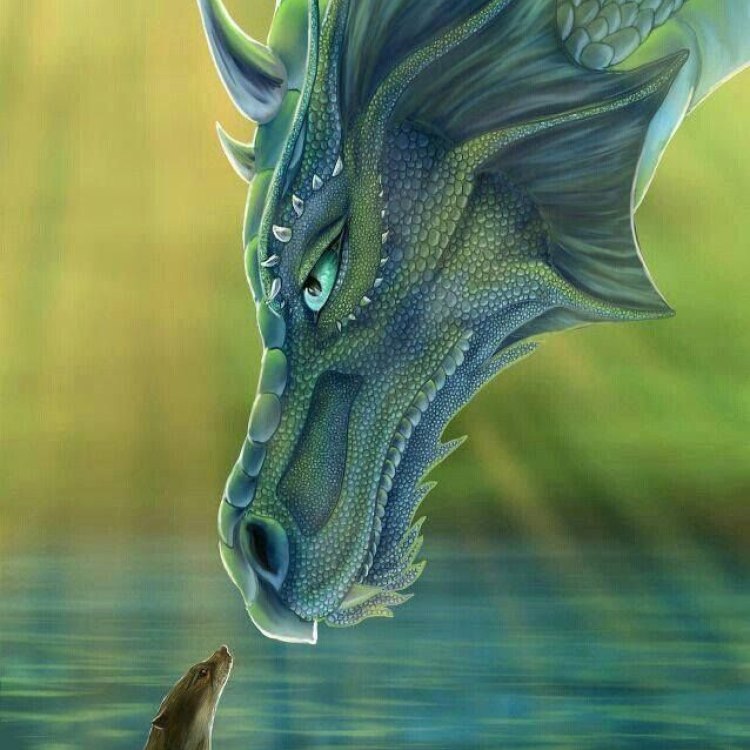
The Fascinating Water Dragon: An Underwater Creature of Southeast Asia
Disclaimer: The content provided is for informational purposes only. We cannot guarantee the accuracy of the information on this page 100%. All information provided here may change without prior notice.

